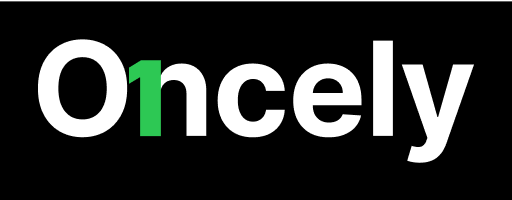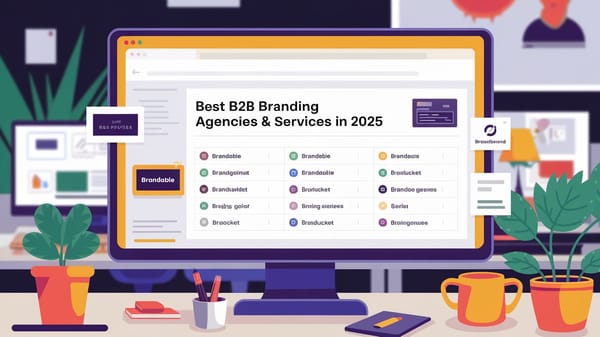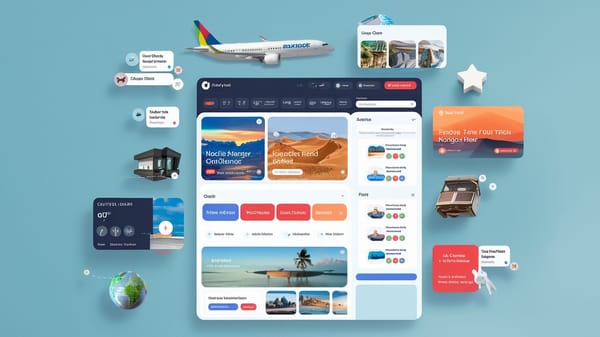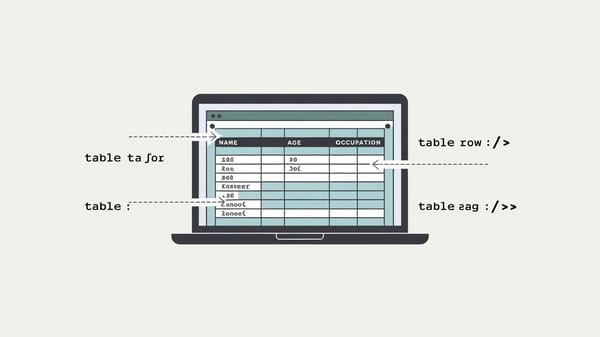LinkedIn’s “Open to Work”: A Comprehensive Guide to Finding Opportunities

In the digital age, professional networking has transcended traditional boundaries, with platforms like LinkedIn emerging as pivotal tools for job seekers and recruiters alike. One of LinkedIn's most influential features is the "Open to Work" option, a beacon for those eager to navigate the ever-evolving job market. This comprehensive guide is designed to demystify the mechanics of this feature and elucidate its importance in securing employment and discovering talent.
You can also visit Oncely.com to find more Top Trending AI Tools. Oncely partners with software developers and companies to present exclusive deals on their products. One unique aspect of Oncely is its “Lifetime Access” feature, where customers can purchase a product once and gain ongoing access to it without any recurring fees. Oncely also provides a 60-day money-back guarantee on most purchases, allowing customers to try out the products and services risk-free.
Oncely are hunting for the most fantastic AI & Software lifetime deals like the ones below or their alternatives:

Understanding the "Open to Work" Feature
What is the "Open to Work" Feature?
The "Open to Work" feature on LinkedIn allows job seekers to signal their availability for new job opportunities. When activated, a green "Open to Work" frame is added to the user's profile photo, and they can customize their job preferences to receive relevant job recommendations. This feature can be made visible to all LinkedIn members or only to recruiters, thus offering flexibility in managing one's job search visibility.
Activation and Customization
Activating the "Open to Work" feature is straightforward. Users can navigate to their LinkedIn profile, click on the 'Me' icon, then 'View Profile', and select 'Open to Work' to configure their job preferences. They can specify the types of roles, locations, and industries they are interested in, ensuring that their job search is tailored to their specific needs.
Benefits of Using the "Open to Work" Feature
Increased Visibility
One of the primary advantages of using the "Open to Work" feature is increased visibility. By signaling their openness to new opportunities, users can attract the attention of recruiters and hiring managers who may not have found their profile otherwise. This can lead to a significant increase in profile views and potential job opportunities.
Customization and Targeted Opportunities
The feature allows users to customize their job preferences, ensuring that they receive job recommendations that match their skills and interests. This customization saves time and effort by filtering out irrelevant job openings, thus streamlining the job search process.
Networking and Community Support
Displaying the "Open to Work" badge can foster a sense of community among job seekers. It allows users to expand their professional network and connect with recruiters and hiring managers who value their skills and expertise. Additionally, users can receive job referrals from their connections, potentially gaining access to job openings that aren't publicly advertised.
Potential Drawbacks and Considerations
Perception of Desperation
Despite its advantages, the "Open to Work" badge may carry potential drawbacks. Some professionals worry that displaying this badge might signal desperation or dissatisfaction with one's current job, potentially raising questions about the individual's employability or commitment.
Privacy and Current Employer Awareness
There are concerns about privacy and the possibility of current employers discovering the user's job-seeking status. LinkedIn provides features to hide the "Open to Work" status from current employers, allowing users to maintain privacy while searching for new opportunities .
Best Practices for Using the "Open to Work" Feature
Optimizing Your LinkedIn Profile
Before activating the "Open to Work" feature, ensure your LinkedIn profile is fully optimized. This includes using a high-quality, professional headshot, crafting a compelling headline that includes key skills and job titles, and writing a detailed summary that highlights experience, skills, and career aspirations.
Engaging with Your Network
Engaging with your network is crucial for maximizing the benefits of the "Open to Work" feature. By actively participating in LinkedIn groups, sharing relevant content, and connecting with industry professionals, users can enhance their visibility and increase their chances of being referred to job openings.
Strategic Use of Hashtags
In addition to the "Open to Work" badge, LinkedIn encourages the use of hashtags like #opentoopportunities. While #opentowork is specifically used by job seekers to indicate they are looking for new employment, #opentoopportunities broadens the scope to include professionals open to various opportunities such as freelance work, consulting gigs, and collaboration projects.
Conclusion
LinkedIn's "Open to Work" feature is a powerful tool when used strategically. By understanding its benefits and potential drawbacks, users can effectively navigate their job search and achieve their career goals. The feature offers increased visibility, customization, and networking opportunities, making it a valuable asset in today's competitive job market. However, users should be mindful of potential perceptions of desperation and privacy concerns. By following best practices and optimizing their LinkedIn profiles, job seekers can leverage the "Open to Work" feature to their advantage and connect with potential employers who value their skills and expertise.





